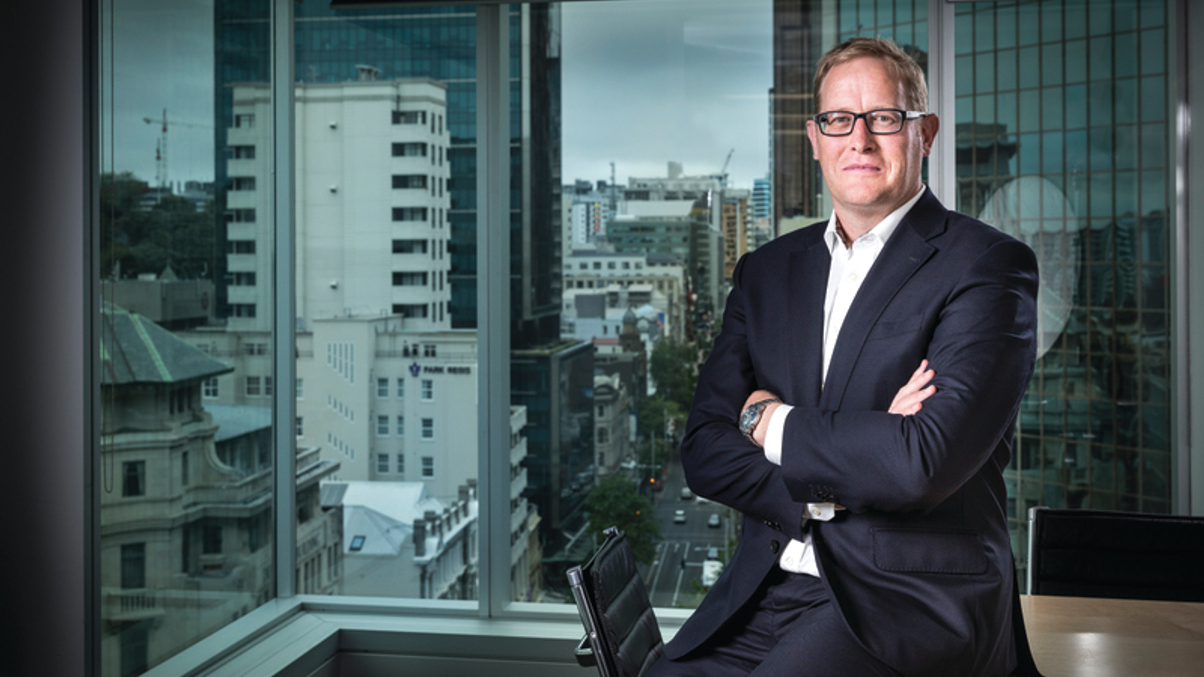Why NZ Super's new CEO is contemplating a new crisis
Matt Whineray, the new chief executive officer of New Zealand Super, explains why the sovereign wealth fund is focusing on risk analysis and doomsday scenarios.

Matt Whineray, the new chief executive of the New Zealand Super Fund (NZ Super), is continuing many things from his predecessor, most particularly its high risk, contrarian style.
Sign in to read on!
Registered users get 2 free articles in 30 days.
Subscribers have full unlimited access to AsianInvestor
Not signed up? New users get 2 free articles per month, plus a 7-day unlimited free trial.
¬ Haymarket Media Limited. All rights reserved.


